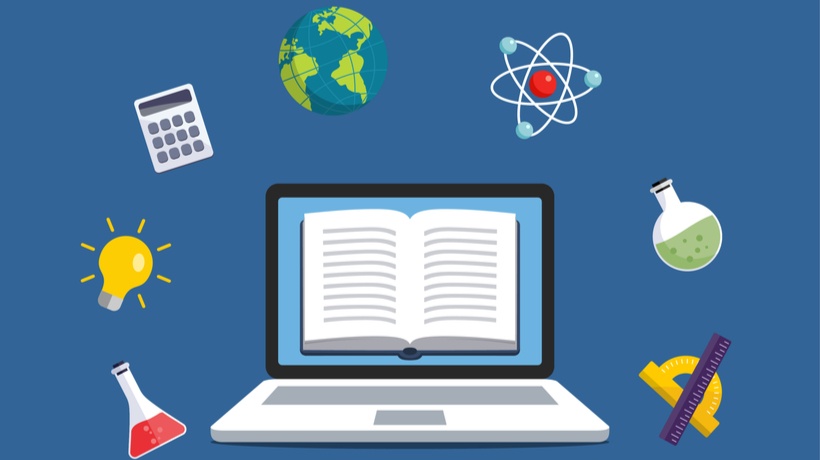In today’s increasingly interconnected world, the capacity to work collaboratively is a crucial skill. As typical academic standards evolve to satisfy the demands of the 21st century, collaborative knowing becomes a crucial principle. This article explores the complexities of collective learning, discovering its advantages, strategies, and challenges, while supplying understandings right into exactly how it forms modern-day education.
Joint learning surpasses simply collaborating.

It symbolizes an academic method where individuals engage in a cumulative effort to get expertise, address troubles, and achieve a typical goal. This technique stresses the value of variety in idea and fosters deeper understanding with interaction and common experience.
The Benefits of Collaborative Knowing
Joint learning provides a myriad of advantages, making it a favored strategy in academic setups around the world. Among the primary advantages is the improvement of critical assuming skills. As students involve with peers, they are exposed to different perspectives, motivating them to review and analyze details more critically.
Another considerable advantage is the improvement in interaction abilities. Joint learning atmospheres demand active listening, express expression of concepts, and considerate discussion. These skills are vital, not simply academically, but in specialist and social contexts too.
Cognitive advancement is likewise especially boosted with joint efforts. Collaborating requires learners to express their thinking, obstacle assumptions, and incorporate different point of views, resulting in deeper cognitive handling and retention.
- Enhanced crucial thinking
- Enhanced interaction skills
- Boosted cognitive development
- Greater retention rates
- Promoting of social and leadership skills
The cumulative result of these benefits is a more alternative educational experience. Learners not just obtain expertise but additionally establish essential life abilities that prepare them for future collective undertakings in any type of area.
Strategies for Effective Collaborative Learning
Applying collaborative knowing efficiently requires thoughtful strategy and planning.

Educators needs to create a setting conducive to partnership, where students feel secure and determined to take part freely. Here are some techniques that can help with successful collective understanding experiences.
First of all, developing clear purposes and expectations is critical. When learners comprehend the goals and their roles within the team, they are most likely to involve meaningfully. Educators must interact these purposes clearly and ensure they are aligned with the educational program.
Secondly, the use of varied group structures can enrich the knowing experience. By varying team make-up, whether by ability level, passion, or history, teachers can promote dynamic interactions and a much more comprehensive understanding of the product.
Difficulties in Collaborative Learning
While collective learning uses numerous benefits, it is not without its obstacles. One typical problem is the disparity in group member participation. Some people might dominate conversations, while others may be much less likely to add, resulting in a discrepancy in the learning experience.
- Inconsonant degrees of participation
- Possible for dispute
- Time administration troubles
- Varying degrees of dedication
In addition, conflicts can arise as a result of varying opinions, functioning styles, or misunderstandings. Educators should be geared up to handle these problems properly, promoting an environment where considerate dialogue prevails.
The Role of Modern Technology in Collaborative Understanding
In the electronic age, modern technology plays a crucial role in helping with collaborative understanding. Online platforms break geographical barriers, allowing people from varied locations to team up in genuine time. These devices provide a wide range of features that enhance joint efforts, from shared documents and discussion forums to online conference areas.

Modern technology not only broadens the scope of who can join joint discovering however likewise enriches the top quality of interaction. Learners can access a bigger variety of resources, involve with interactive web content, and use their expertise in innovative means.
Future of Collaborative Knowing
Looking in advance, the future of joint learning appears promising. As educational institutions remain to accept innovation and innovate pedagogical collaborative learning techniques, collaboration will likely end up being a keystone of learning experiences in all degrees of education.
Inevitably, the essence of collaborative learning hinges on its capability to encourage people via shared initiative and good understanding. As we progress, growing these experiences will be crucial in preparing students not just to succeed academically, however to prosper in a complicated, interconnected globe.







